Woolaroc
An oil baron's wild paradise and the winner of an ill-fated air race.
In August 1927, eight small planes lined up for a historic air race across the Pacific, from Oakland to Honolulu. At the controls of the Woolaroc monoplane was WWI veteran and Hollywood stunt pilot Art Goebel, determined to claim the $25,000 prize.
The race seemed cursed from the start. First, two upstart Army pilots decided to take it upon themselves to complete the route and earn the record of “first flight across the Pacific” two months before the scheduled contest. Then, in the days before the race start, four planes crashed in preliminary flights, with two crashes killing all aboard. On race day, eight planes set out to take off, but only four planes made it off the ground.
Some 26 hours later, only two landed - the other two planes were never seen again. Three days later, one of the grounded planes from Oakland took off to search for the two lost planes - and they also,were never seen again.Goebel and the Woolaroc won the race in 26 hours, 17 minutes, and the Woolaroc was returned to a place of pride in Oklahoma at Frank Philips’ ranch of the same name.
At Woolaroc ranch, oil man Frank Philips developed his property into an artistic and cultural compound surrounded by wildlife. The name is a portmanteau of “woods, lakes, and rocks”, which cover the 3,700 acres. Woolaroc is intended to be more than just a nature preserve or a museum, but a record of Oklahoma’s untamed past.
Woolaroc was established in 1925 in the Osage Hills in Northeastern Oklahoma, outside of Bartlesville where Frank Philips founded Philips Petroleum Company. On entering Woolaroc, visitors drive through two miles of open wildlife preserve, where bison, deer, and Longhorn cattle graze at the side of the road, and exotic animals like water buffalo and Scottish Highland cattle watch passing cars.
At the end of the road is a complex of stone buildings with the world renowned 50,000 sq. ft. museum at its center. Colorful mosaics of Native American dancers border the museum’s high doors, and inside rooms are packed with Western art, cowboy memorabilia, Colt firearms, and Native American artifacts from over 40 tribes. Alongside works by Frederic Remington, Charles M. Russell, Thomas Moran, and the Taos Society Artists are taxidermied animals, chairs made from horns, and mounted animal heads. There are also several shrunken human heads (although one is said to be a monkey), a diorama depicting a human sacrifice, and an electric miniature powwow where hoop and fancy dancers bounce in a circle to drum music. The museum began as a pavilion for the triumphant Woolaroc single-engine monoplane, still on display.
Overlooking Clyde Lake is Philips’ lodge, holding 97 mounted animal heads and 107 sets of horns in its Great Room. In addition to being his ranch home, the lodge was where Philips met with oil investors, outlaws, cowboys, and Native American tribal leaders like his friends Bacon Rind and Fred Lookout.
Nature trails are accessible from the Heritage Center where videos are played on rotation, and the Baby Animal Barn across the way is open seasonally. Next to the concession stand is a taxidermied buffalo equipped with a vacuum in its mouth will take any trash from your hands while telling stories in a slight drawl.
Today, Woolaroc now serves not only as a tourist attraction for art and wildlife lovers, but as a premier venue for weddings, birthdays, and unique events. The Cow Thieves and Outlaws Reunion is still celebrated at Clyde Lake, and the museum is host to national art shows displaying relevant artists of today’s time.
Know Before You Go
Woolaroc is 12 miles southwest of Bartlesville, Oklahoma on Oklahoma State Highway 123.
Community Contributors
Added by
Edited by
The Atlas Obscura Podcast is Back!




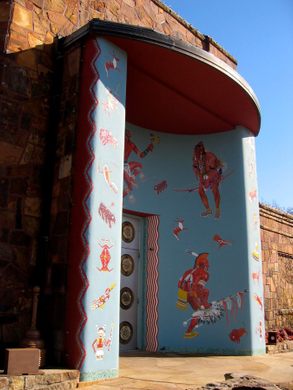



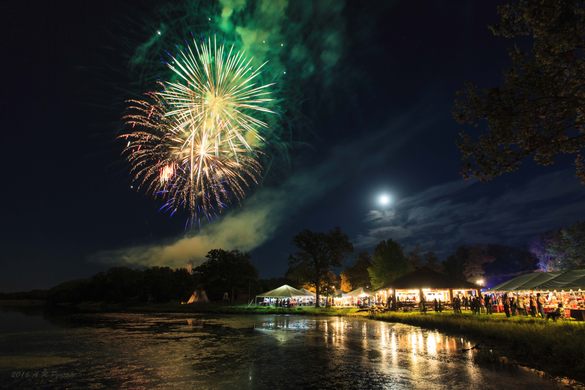

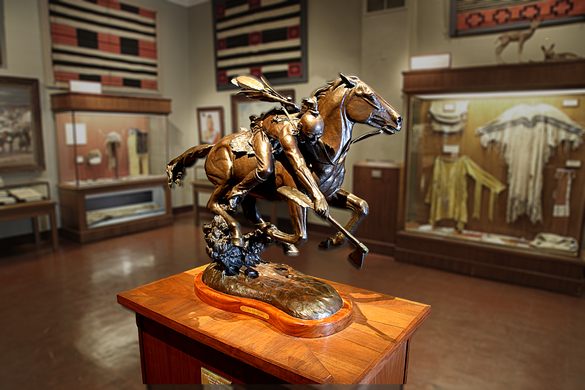


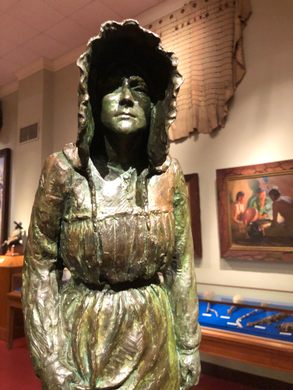
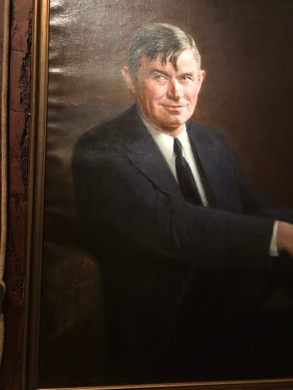
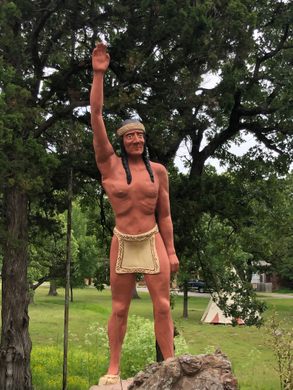
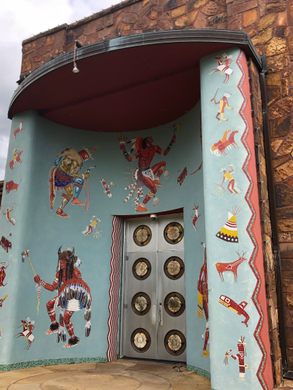
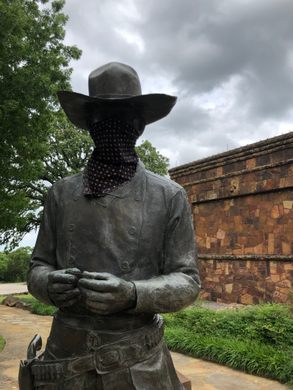
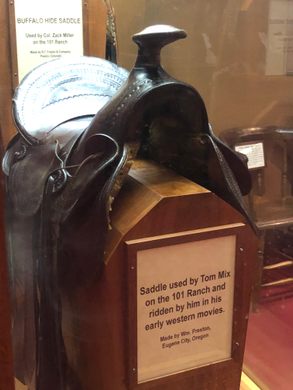
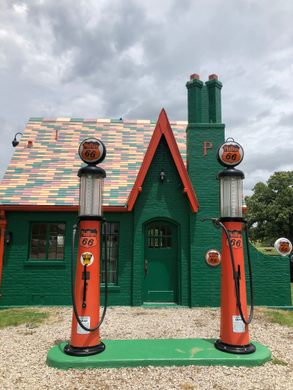
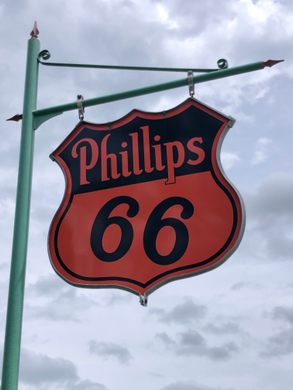
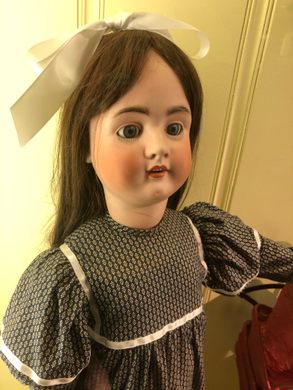

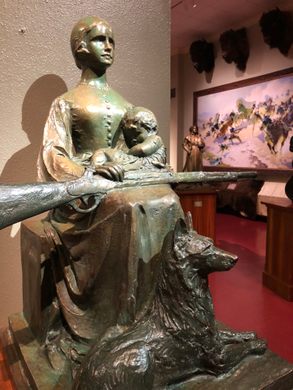






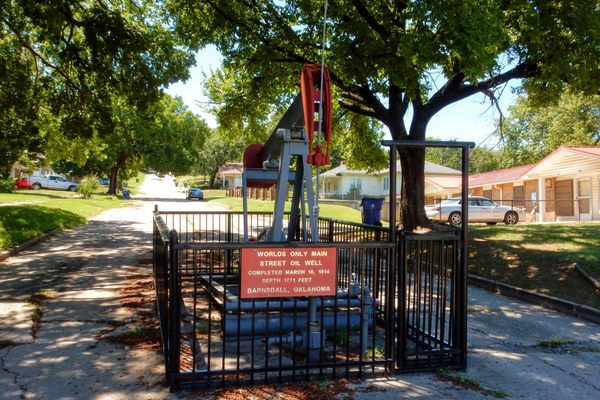

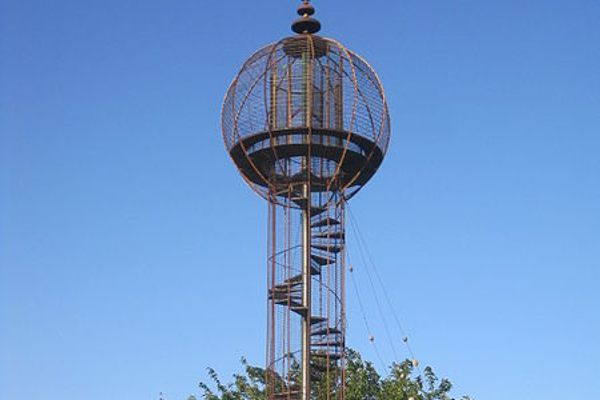



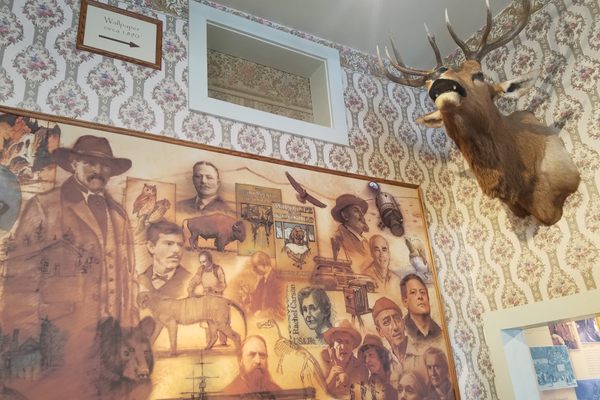


Follow us on Twitter to get the latest on the world's hidden wonders.
Like us on Facebook to get the latest on the world's hidden wonders.
Follow us on Twitter Like us on Facebook